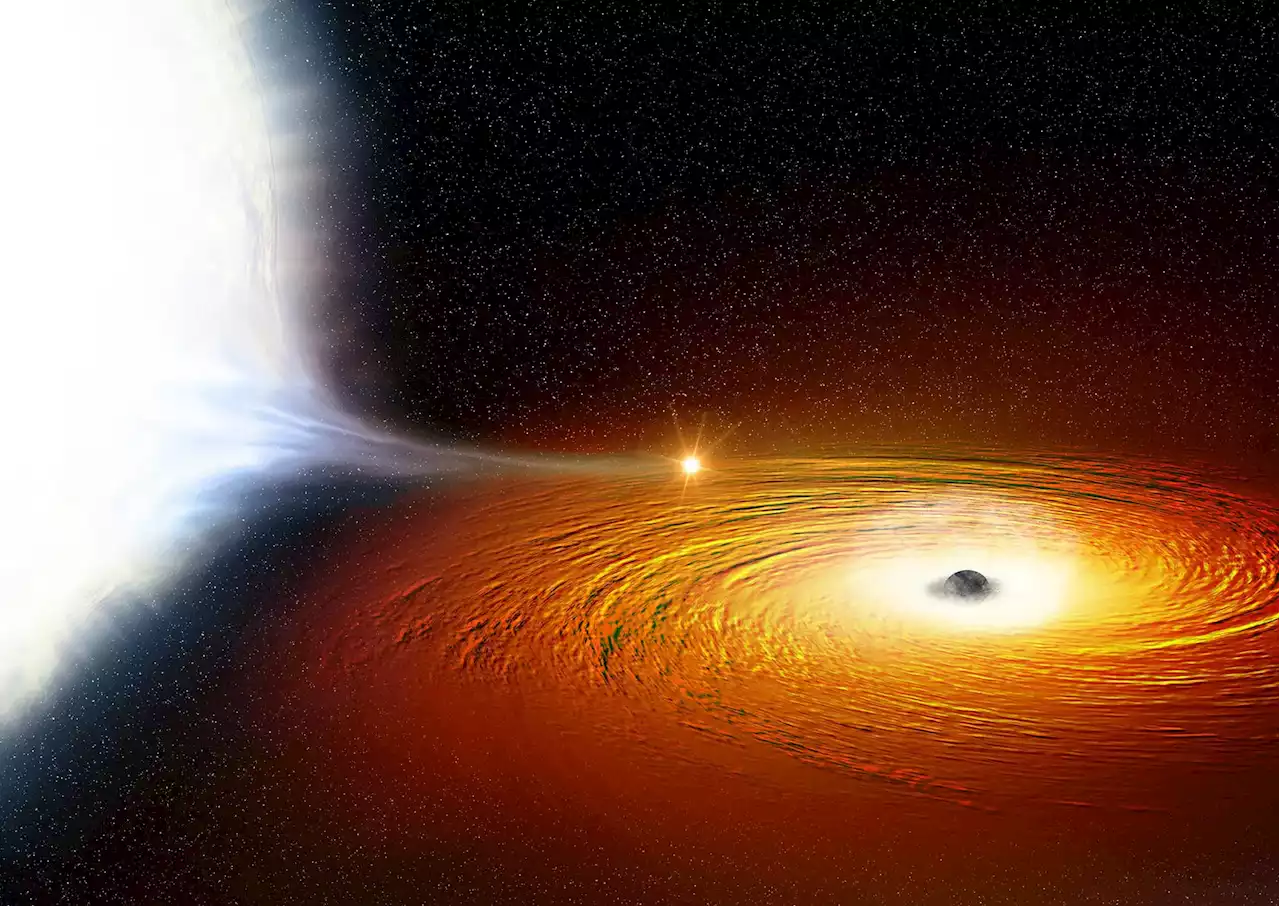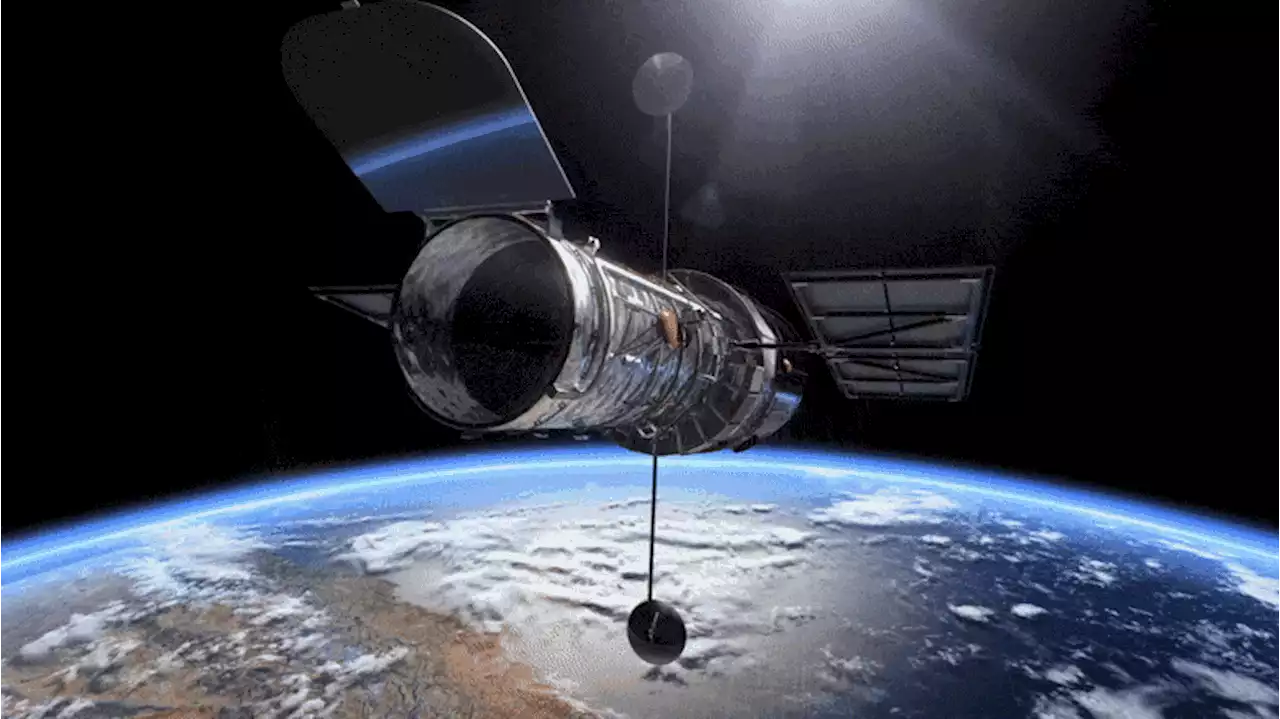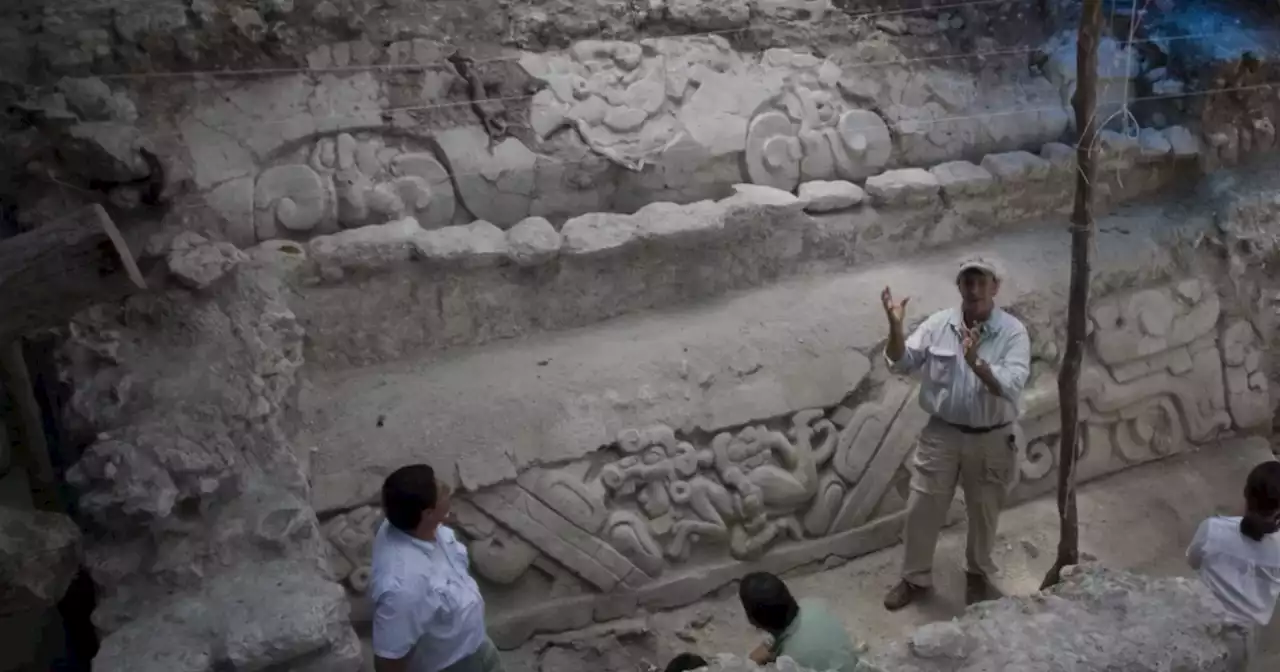Protocluster Confirmed, 650 Million Years after the Big Bang How did we get here? This fundamental question may be applied on its grandest scale in cosmology, which investigates the history and origin of the universe. Astronomers are able to investigate the early universe and its development like n
“This is a very special, unique site of accelerated galaxy evolution, and Webb gave us the unprecedented ability to measure the velocities of these seven galaxies and confidently confirm that they are bound together in a protocluster,” said Takahiro Morishita of IPAC-California Institute of Technology, the lead author of the study published in theThe precise measurements captured by Webb’s Near-Infrared Spectrograph were key to confirming the galaxies’ collective distance and the high...
This video explains how very distant galaxies are magnified through the phenomenon of gravitational lensing. Gravitational lenses can magnify the light from distant galaxies that are at or near the peak of star formation. This effect allows researchers to study the details of early galaxies too far away to be seen with even the most powerful space telescopes. Credit: NASA, ESA, STScI, Leah Hustak
Exploring how large clusters like Pandora and Coma first came together has been difficult, due to the expansion of the universe stretching light beyond visible wavelengths into the infrared, where astronomers lacked high-resolution data before Webb. Webb’s infrared instruments were developed specifically to fill in these gaps at the beginning of the universe’s story.
México Últimas Noticias, México Titulares
Similar News:También puedes leer noticias similares a ésta que hemos recopilado de otras fuentes de noticias.
 Nova outbursts are apparently a source for cosmic rays -- ScienceDailyThe MAGIC telescopes have observed the nova RS Ophiuchi shining brightly in gamma rays at extremely high energy. The Gamma rays emanate from protons that are accelerated to very high energies in the shock front following the explosion. This suggests that novae are also a source of the ubiquitous cosmic radiation in the universe which consists mainly of protons rich in energy, which race through space at almost the speed of light.
Nova outbursts are apparently a source for cosmic rays -- ScienceDailyThe MAGIC telescopes have observed the nova RS Ophiuchi shining brightly in gamma rays at extremely high energy. The Gamma rays emanate from protons that are accelerated to very high energies in the shock front following the explosion. This suggests that novae are also a source of the ubiquitous cosmic radiation in the universe which consists mainly of protons rich in energy, which race through space at almost the speed of light.
Leer más »
 Mt. Wilson Observatory's 2023 Event Lineup Is Here, Lovers of Stars, Tunes, and Big IdeasJust when you think the universe is a pretty big place, like really big, like the sort of endless expanse that recedes into the far, far corners of what you can possibly imagine, you realize it is even so, so, so much bigger.
Mt. Wilson Observatory's 2023 Event Lineup Is Here, Lovers of Stars, Tunes, and Big IdeasJust when you think the universe is a pretty big place, like really big, like the sort of endless expanse that recedes into the far, far corners of what you can possibly imagine, you realize it is even so, so, so much bigger.
Leer más »
 Exploring Cosmic Mysteries: A Deep Dive Into Our Nearest Star-Forming GalaxyA Texas Tech astronomer is leading a team awarded a highly competitive Chandra program to study the stellar remnants in the Large Magellanic Cloud. Vallia Antoniou, an assistant professor of practice in the Department of Physics and Astronomy at Texas Tech, has been awarded observing time on the
Exploring Cosmic Mysteries: A Deep Dive Into Our Nearest Star-Forming GalaxyA Texas Tech astronomer is leading a team awarded a highly competitive Chandra program to study the stellar remnants in the Large Magellanic Cloud. Vallia Antoniou, an assistant professor of practice in the Department of Physics and Astronomy at Texas Tech, has been awarded observing time on the
Leer más »
 Hubble Space Telescope: Celebrating 33 Years of Cosmic DiscoveryThe Hubble Space Telescope just marked its 33rd year in orbit around the Earth with a remarkable gift for us all — an awe-inspiring new image of a celestial nursery close to us, known as NGC 1333. This age-defying telescope continues to peel back the layers of the universe, even after more than t
Hubble Space Telescope: Celebrating 33 Years of Cosmic DiscoveryThe Hubble Space Telescope just marked its 33rd year in orbit around the Earth with a remarkable gift for us all — an awe-inspiring new image of a celestial nursery close to us, known as NGC 1333. This age-defying telescope continues to peel back the layers of the universe, even after more than t
Leer más »
 What was behind the protest against an archaeologist at last week's L.A. Times Book FestivalA little more than a year ago, I accompanied archaeologist Richard Hansen on one of his frequent expeditions to the El Mirador region, in the Petén jungle of Guatemala bordering Mexico, which Hansen believes was the cradle of ancient Mayan civilization.
What was behind the protest against an archaeologist at last week's L.A. Times Book FestivalA little more than a year ago, I accompanied archaeologist Richard Hansen on one of his frequent expeditions to the El Mirador region, in the Petén jungle of Guatemala bordering Mexico, which Hansen believes was the cradle of ancient Mayan civilization.
Leer más »
